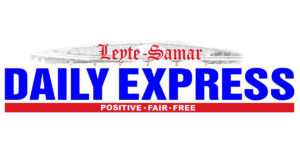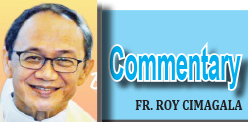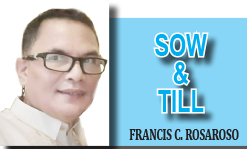
(THE PROVINCIAL GOVERNMENT OF NORTHERN SAMAR)
TACLOBAN CITY — In a region where detention facilities often grapple with overcrowding and limited resources, the Northern Samar Provincial Jail (NSPJ) has emerged as a positive example after the Commission on Human Rights (CHR) conducted a series of announced and unannounced monitoring visits, highlighting the jail’s strong adherence to humane and dignified treatment of Persons Deprived of Liberty (PDLs).
The assessment, conducted toward the end of the year, placed emphasis on NSPJ’s efforts to promote rehabilitation, ensure safety, and uphold human rights—key standards that many detention facilities across the country continue to work toward.
CHR officials commended both the provincial government of Northern Samar and the jail’s leadership for maintaining an environment that supports the welfare and development of PDLs.
Inspectors noted the facility’s clean surroundings, open-air access, organized daily routines, and availability of educational and skills-training programs designed to support personal growth and reintegration.
A major highlight of the evaluation was the strengthened Alternative Learning System (ALS) program, implemented with the Department of Education. The CHR said the initiative ensures that learning continues behind bars, enabling PDLs to develop skills and use their life experiences as tools for rehabilitation.
The commission also cited NSPJ’s proactive approach to safety and disaster preparedness. Its partnership with the Bureau of Fire Protection (BFP) Bobon resulted in a full-scale fire drill that included both personnel and PDLs—an effort that reinforces emergency readiness and promotes a culture of safety inside the jail.
CHR evaluators further acknowledged the accessibility and functionality of visiting areas, including provisions for conjugal visits, and commended the facility’s transparency and cooperation with oversight bodies—key components of accountability and rights-based detention management.
In its report, the CHR lauded OIC Provincial Warden Jay Keenson Acebuche for his leadership in driving reforms that strengthened jail programs, improved services, and enhanced overall detention management. The dedication of NSPJ personnel was also recognized for helping maintain a safe, humane, and rights-respecting environment.
The CHR noted that these initiatives reflect the broader HCO Development Agenda of Northern Samar Governor Harris Ongchuan, which emphasizes Health, Capacity Building, and Opportunities for all Nortehanons. Through sustained collaboration and people-centered governance, NSPJ continues to demonstrate that humane detention is not only possible—but already being practiced.
(ROEL T. AMAZONA)







